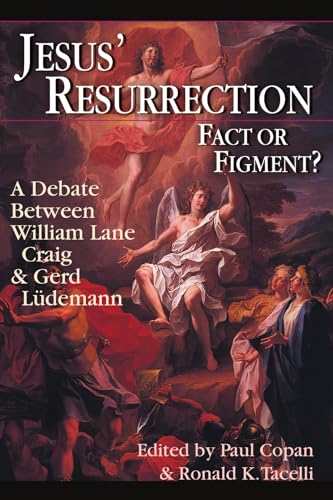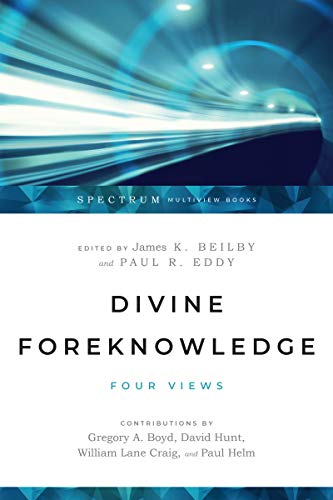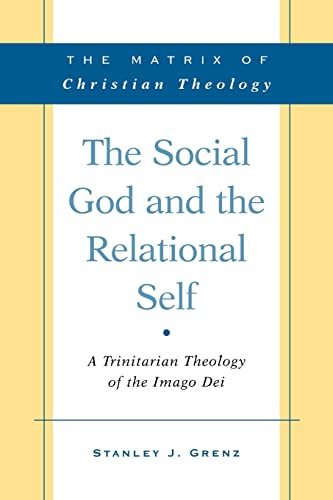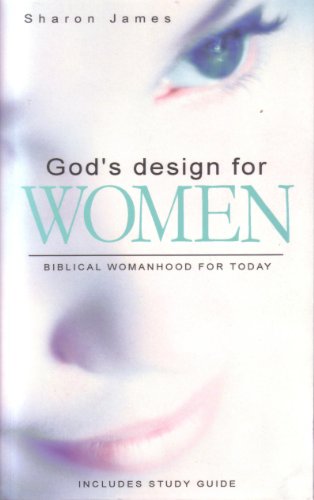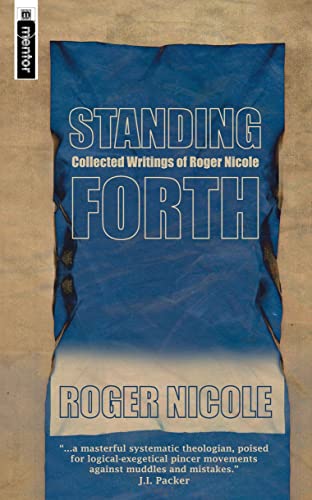JESUS’ RESURRECTION: FACT OR FIGMENT? A DEBATE BETWEEN WILLIAM LANE CRAIG AND GERD LÜDEMANN
Written by Ronald Tacelli and Paul Copan (eds) Reviewed By Patrick RichmondThis book contains the transcript of a debate that took place in 1997 between William Lane Craig (pro-resurrection) and Gerd Lüdemann (anti-resurrection) regarding whether the resurrection of Jesus really happened. After the transcript of the debate, we get essays written in response to the debate by Stephen Davis and Robert Gundry (pro-resurrection); and by Roy Hoover and Michael Goulder (anti-resurrection). Finally, Lüdemann and Craig provide concluding essays clarifying their arguments and responding to the essays.
The debate over the resurrection itself centres around Craig’s argument that resurrection is the best explanation of four historical facts accepted by most NT scholars: one, the burial of Jesus in Joseph of Arimathea’s tomb; two, the discovery of the empty tomb by women; three, post-mortem appearances of Jesus to some of his followers, and; four, the origin of the disciples’ belief in Jesus’ resurrection. In the debate Lüdemann does not develop his vision hypothesis in great detail, instead raising problems for belief in the NT accounts. He concedes that Jesus was buried but suggests that Peter and Paul had psychological ‘visions’ of Jesus after his death. These led to some sort of collective delusion among the disciples and the genesis of a faith that did not rise to prominence until it was too late to verify what had happened to Jesus’ body. The accounts in the Gospels are all relatively late and largely unhistorical in their detailed accounts of burial, empty tomb and appearances.
Philosopher-theologian Davis offers solutions to some of the more general problems Lüdemann raises for resurrection faith, such as its alleged links to anti-Semitism and outmoded cosmology, while Gundry, a NT scholar, ‘trims’ Craig’s arguments but cuts into Lüdemann’s.
Goulder and Hoover recognise that Lüdemann has weakened his case by conceding that Jesus was buried in a tomb. They argue that Paul did not know the Gospel burial and empty tomb traditions and speculate how they arose later. Goulder attempts to bolster the subjective vision hypothesis by explaining how people sometimes have a visionary experience in the context of great psychological stress. This could explain Peter and Paul ‘seeing’ Jesus alive. Group hysteria and mass delusion would then explain the other ‘appearances’, just as one report of seeing the Virgin Mary, the Big Foot or UFOs often seems to provoke others in certain uncritical contexts.
Hoover accuses Craig of defending Christian tradition rather than pursuing truth. He claims that Christianity should accept that modern study reveals that the resurrection accounts are historically unreliable and offer an existential reinterpretation of the idea. He criticises Lüdemann for not providing one, but Lüdemann in his final contribution reveals that he has abandoned Christian faith.
The book does a good job of showing how complex matters become once one recognises the possibility that the Gospel accounts include pious tales and suppositions and other non-historical elements. One basic issue affecting how the historical evidence is interpreted is the plausibility of supernatural explanation. Craig and Davis argue for the possibility of miracles, while their opponents champion the modern bias to naturalistic explanation. (Goulder cites the abandonment of belief in witches and in disease as divine punishment).
Craig does an excellent job of critiquing his opponents and highlighting the problems with interpreting the historical evidence according to the vision hypothesis. Though he cannot always produce certainty, he argues persuasively that belief in the resurrection can be defended using the tools of critical historiography, provided that one is open to the possibility of the miraculous. Though an index and bibliography might have made this book even better, it is still an excellent resource for those interested in apologetics or the historicity of the resurrection accounts.
Patrick Richmond
St Catharine’s College


